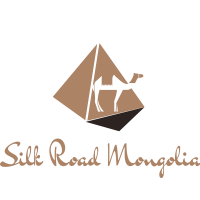Buy Mongolian Traditional Recurve Bows
At Silk Road Bows, we offer authentic bows from all corners of the world, handcrafted by master bowyers.
We ship internationally to most countries with a 100% shipping guarantee/refund.
Our Featured Mongolian Bow
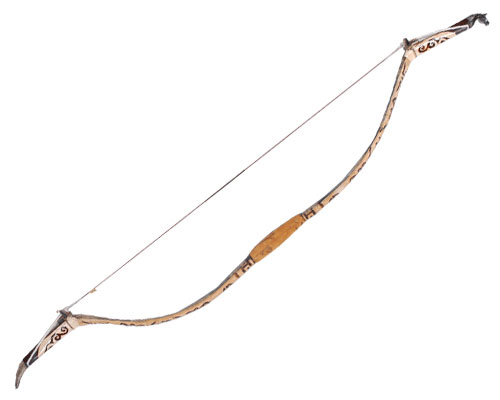
100% handmade Nomadic Mongolian Bow
- Main frame – birch or bamboo tree
- Front layer – horn/bone
- Back layer – tendon/sinew
- String made of twisted white fiber
Decoration is made by printed paper as traditional pattern, bow laminated with fiber optic like thread for protect pattern paper. Draw weight you can select from 40-77lb.
Recurve, Composite, Horseback Bow Collection
-
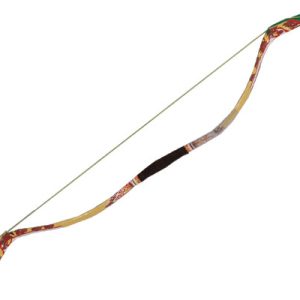
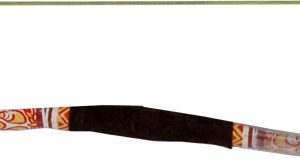 Product on sale
Product on sale -
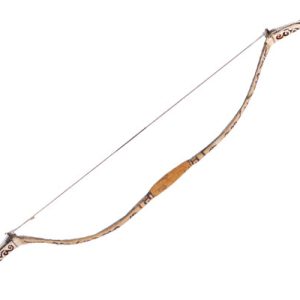
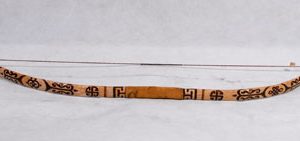 Product on sale
Product on sale -
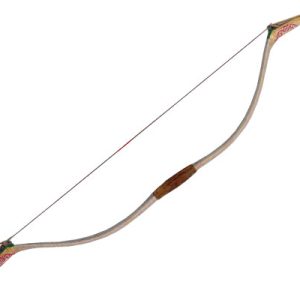
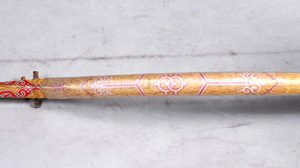 Product on sale
Product on sale -
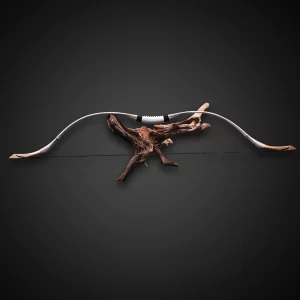
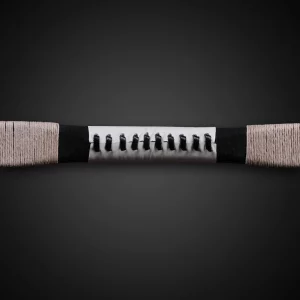 White Mongolian Recurve Bow 30-70lbs$ 184.86
White Mongolian Recurve Bow 30-70lbs$ 184.86 -
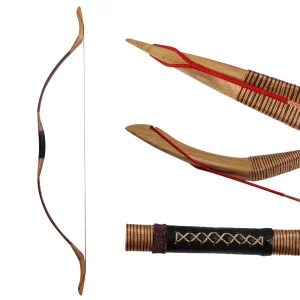
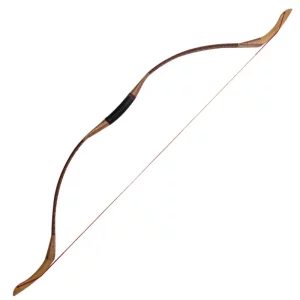
-
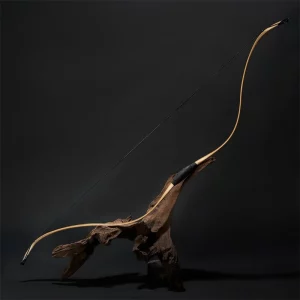
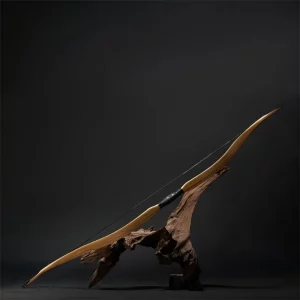
-
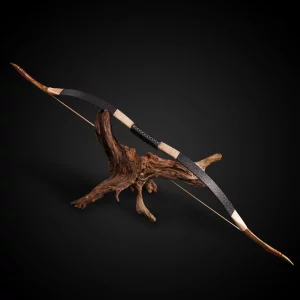
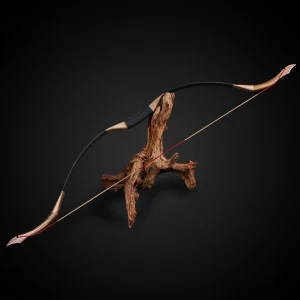
-
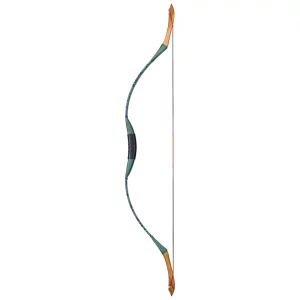
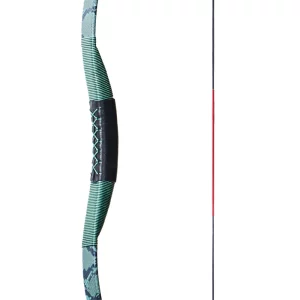
About Our Silk Road Mongolian Bowyer and Crafstmen
Born in 1946, Batmunkh.T’s journey began with a solid academic foundation, graduating in Geography History from the National Teacher’s University in Mongolia in 1976. Transitioning from education to craftsmanship, he delved into the art of traditional bow and arrow making in 1995, bringing to life the essence of archery.
100+
Types of bows
1995
our founding
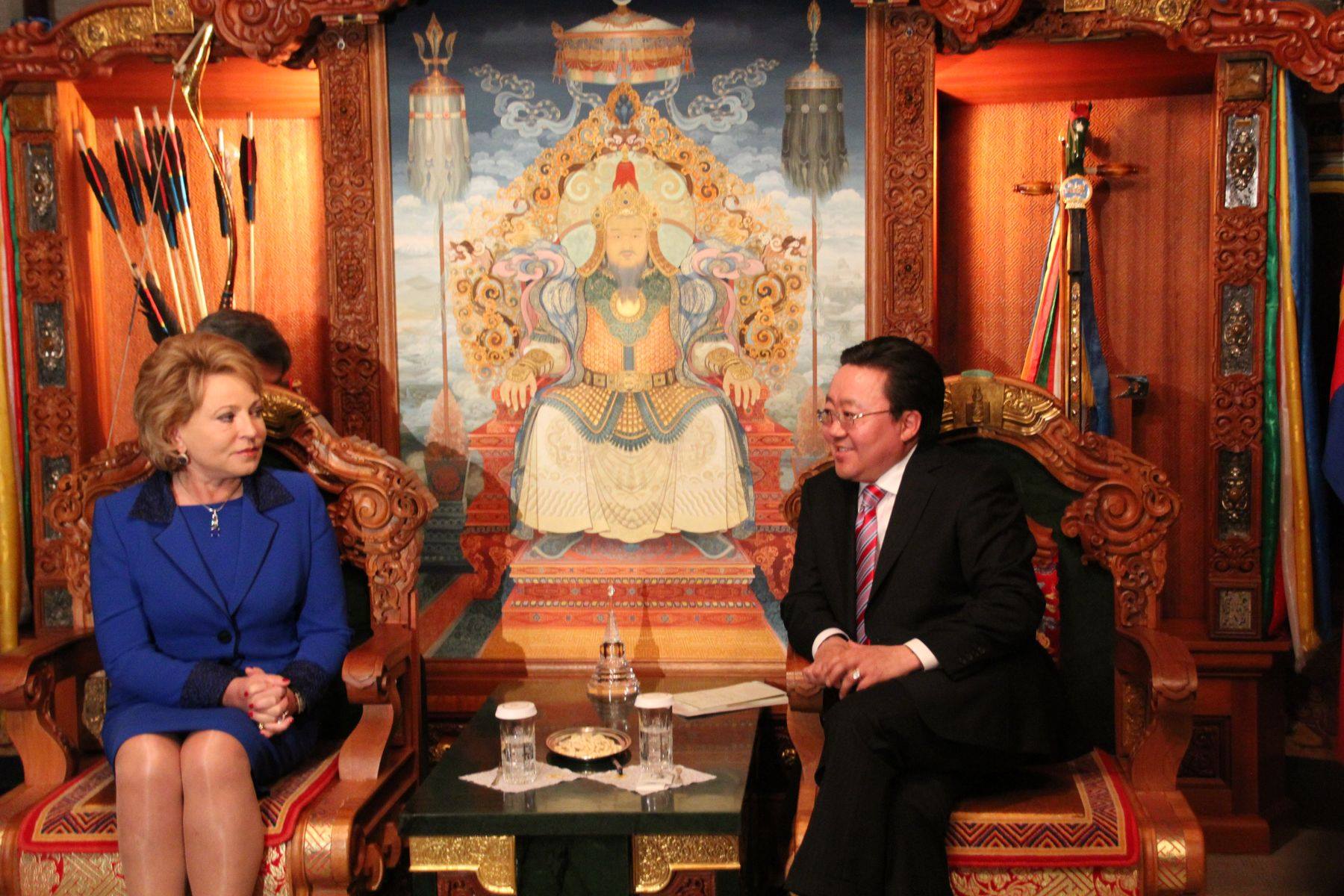
Happy customers
from all over the world!
We ship internationally.
You can get your Mongolian recurve bow within 2-4 weeks. We’ll refund your shipping costs if your bow doesn’t arrive in 4 weeks. We offer a 100% guarantee and refund including shipping costs in the very rare case your product is damaged or lost.
Why Buy Mongolian Traditional Horseback Recurve Bow?
Crafted by skilled artisans with a deep-rooted respect for the rich heritage of Mongolian archery, our bows embody the perfect balance of form and function. Immerse yourself in the legacy of Genghis Khan and his warriors as you wield a bow that pays homage to their storied prowess. From the precision of the design to the authenticity of the materials, our Mongolian recurve bows offer a unique and authentic archery experience.
Culture & Tradition
Your Mongolian bow comes with a rich history.
Only The Best
We work with only the best suppliers and brands.

Save 10%
On Your First Order
Use the coupon “firstorder” and get a 10% discount on your first order. Use on checkout.

Join Our Email List &
get bonuses
Sign up for our newsletter and get discounts on all our other Silk Road products and services.

100% money-back Shipping guarantee
In the very rare case your package gets lost or damaged, we offer a 100% refund guarantee.
What Customers Say
Don’t just take my word. Here’s what our customers have to say about our service.
We offer 24/7 online support if you ever need to reach us.
Subscribe to our newsletter
Sign up and get promotional offers for our other Silk Road products and services.
